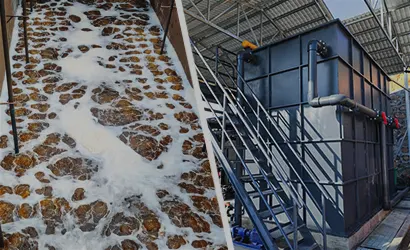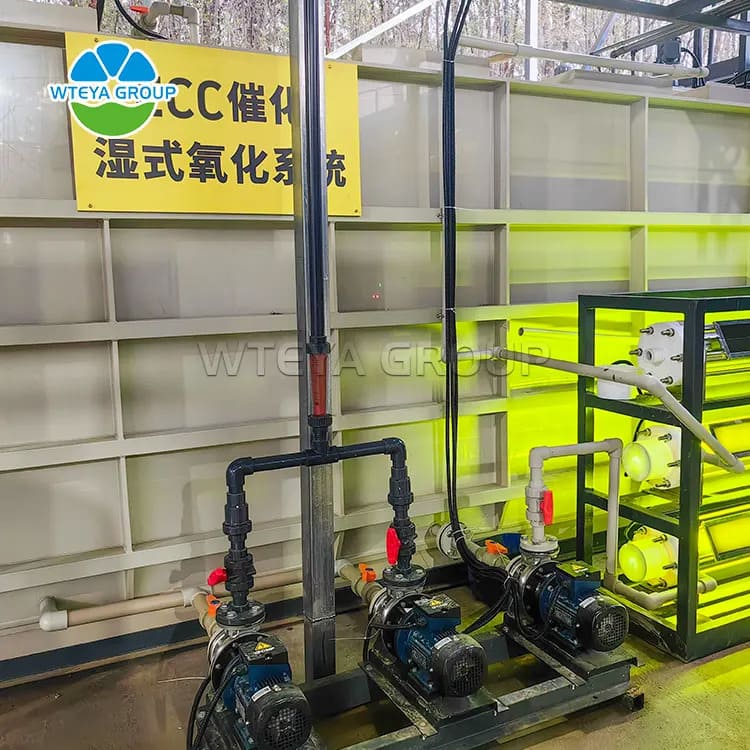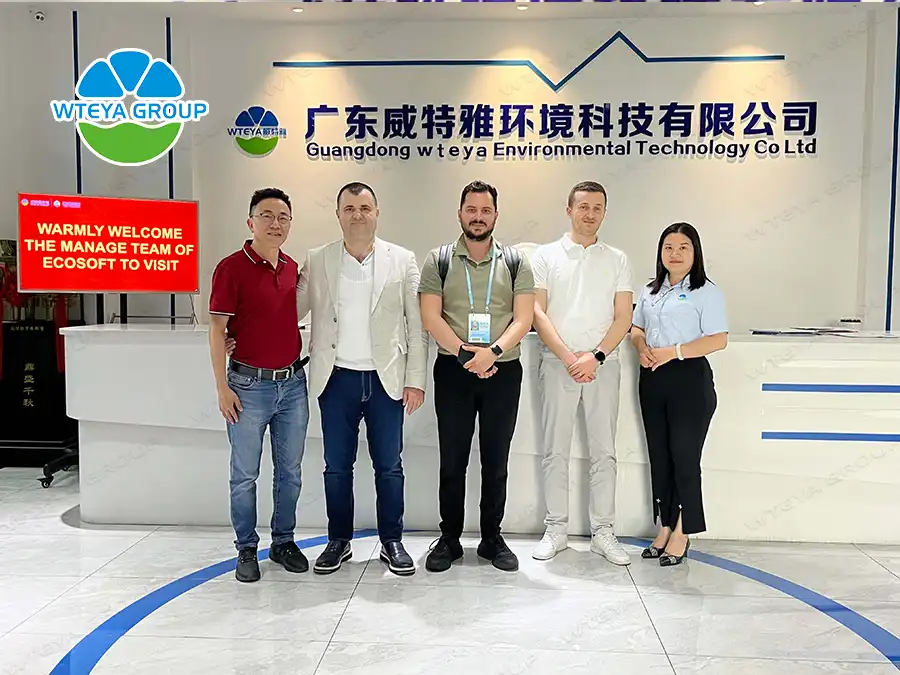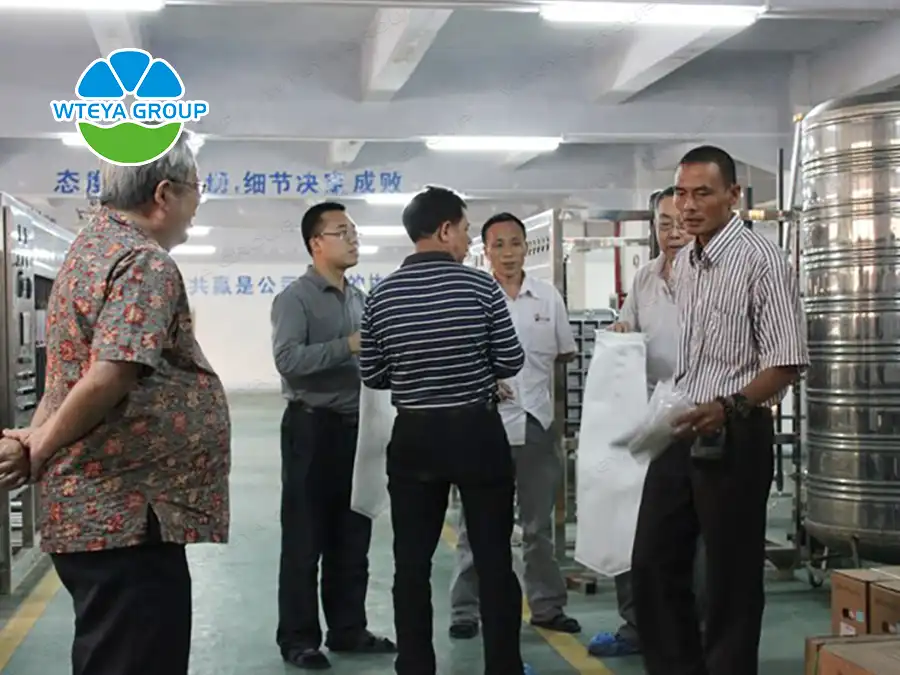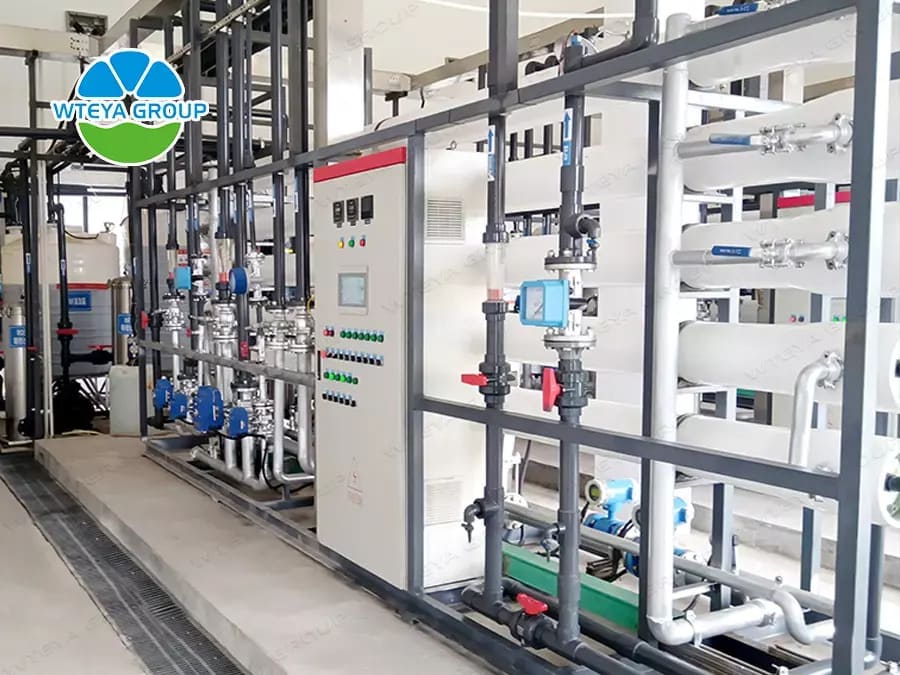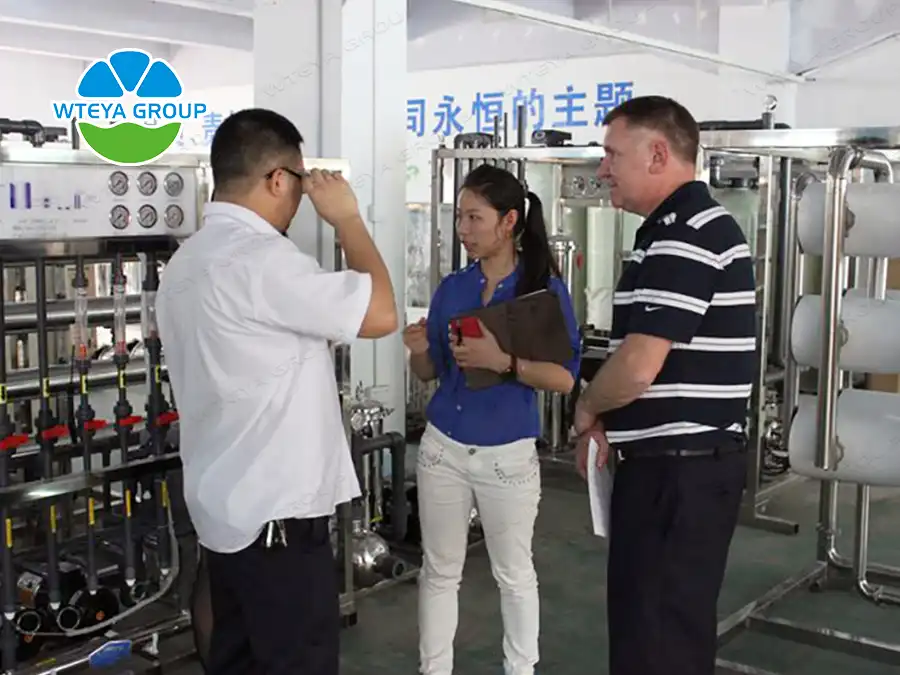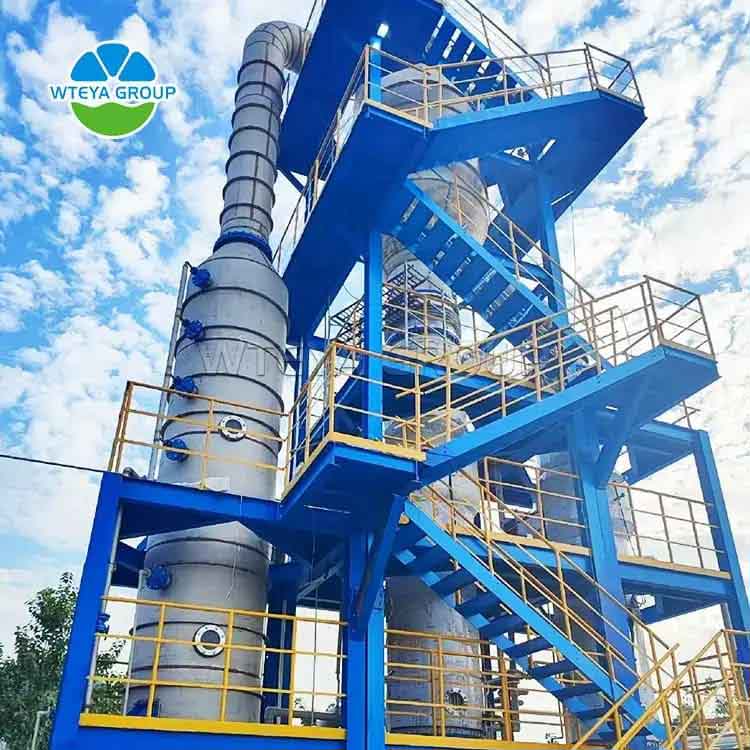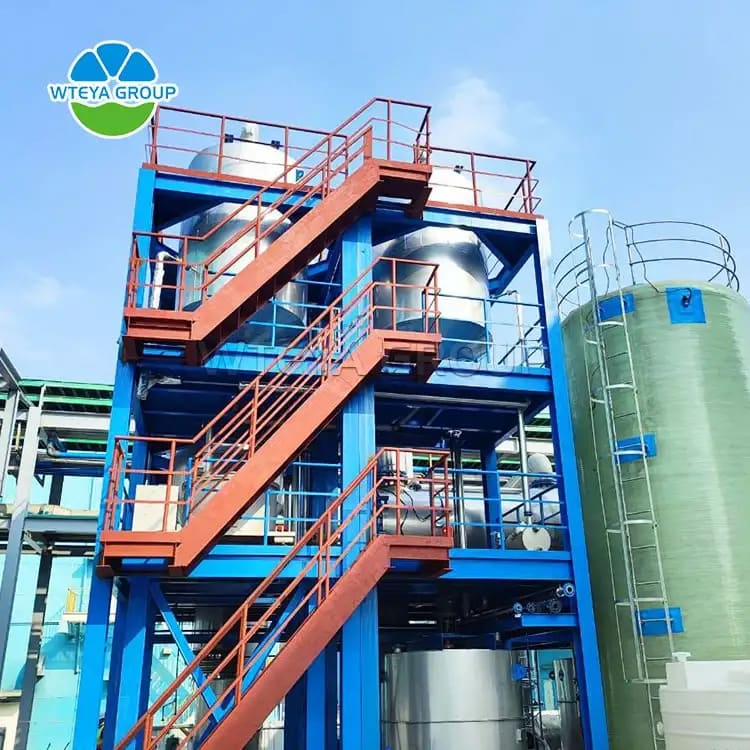Advanced Oxidation Integration Equipment
Product introduction
Introduction to advanced oxidation integration equipment
Advanced oxidation integration equipment is a mobile and fixed integrated UV catalytic oxidation treatment system, which is known for its efficient and stable performance, wide applicability, easy installation and commissioning, and compact design. The equipment is suitable for a variety of wastewater treatment occasions containing organic pollutants or heavy metal ions, and according to different wastewater characteristics, the component material is carefully selected and optimized.
Advanced oxidation integration equipment has been carefully designed to optimize all operating parameters, support fully automatic operation, and can be adjusted to semi-manual or fully manual operation mode according to actual needs. Its core component UV lamps are optimized in terms of power and selection, which can save more than 80% of the total power of UV lamps compared to traditional UV wastewater treatment systems, greatly reducing operating and investment costs. In addition, reducing the number of UV lamps also significantly reduces the complexity of system maintenance.
Advanced oxidation integration equipment
At the heart of the advanced oxidation integration plant is its ultraviolet photocatalytic system, supplemented by associated pumps, instrument gauges, electronic control systems and supporting components such as valves and pipes.
Advanced oxidation integration equipment features
Adopt innovative processes to meet various environmental standards.
Wide range of applications: treatment of various organic wastewater and heavy metal ion wastewater without specific restrictions.
Modular design, easy to assemble and disassemble, save space, shorten construction time.
System stability, energy saving, high degree of automation, simplify the operation process.
Convenient maintenance and management, reduce investment and operating costs.
There is no limit to the pollutant load and it is only affected by the operating cost.
Advanced oxidation integration equipment application field
The equipment is suitable for the treatment of various organic pollutants and wastewater containing heavy metal ions, and can directly treat phosphorus-containing wastewater to meet the discharge standards. At the same time, for wastewater containing organic pollutants, the equipment can also improve its biochemical properties for subsequent treatment.
Technical principle of
Advanced oxidation processes (AOPs) technology, also known as deep oxidation technology, is characterized by the generation of free radicals with strong oxidation capacity (hydroxyl radical (·OH), sulfate radical (SO-4 ·) and superoxide anion radical (O-2 ·), etc.). It is a method of oxidative degradation of organic matter under the conditions of high temperature and pressure, electricity, light or/and catalyst. According to the way of generating free radicals and the different reaction conditions, it can be divided into photocatalytic oxidation, wet oxidation, acoustochemical oxidation, ozone oxidation, electrochemical oxidation, Fenton oxidation and so on.
UV/Fenton process is a deep oxidation technology, that is, the chain reaction between Fe2+ and H2O2 is used to catalyze the formation of OH free radicals. OH free radicals have strong oxidation properties and can oxidize various toxic and difficult-to-degrade organic compounds to achieve the purpose of removing pollutants. It is especially suitable for the oxidation treatment of organic wastewater which is difficult to biodegrade or general chemical oxidation is difficult to work. The main factors affecting the treatment of landfill leachate by UV/Fenton process are pH, dosage of H2O2 and dosage of iron salt.
Only from the perspective of current engineering practice, UV/Fenton method is the most promising among advanced oxidation methods. The main advantages are: the COD value reduction effect is good and the cost is low. From the perspective of operating cost alone, it is only higher than or equal to the UV/TiO2 method. Much lower than UV/O3(including O3 catalytic oxidation) or PMS oxidation methods. Therefore, globally, among advanced oxidation methods, only Fenton or UV/Fenton have more successful application cases in the field of wastewater treatment, while other advanced oxidation technologies have fewer successful cases due to investment,operating costs or other factors.
The production process of
The main process is described as follows:
The wastewater first enters the conditioning tank for water quality homogenization, and then enters the subsequent pretreatment system for pretreatment. The pretreatment process can achieve demulsification and remove the opaque suspended matter from the water, and at the same time, the pretreatment can also reduce the organic pollutants in the wastewater to a certain extent, and reduce the cost and difficulty of subsequent treatment.
The wastewater after pretreatment enters the intermediate tank for temporary storage. The wastewater in the intermediate tank is tested by the on-line detection system for the required pollutant content, and its parameters are used as the basic parameters of the automatic control system to control the dosage of subsequent drugs. Control of the dosage of subsequent drugs, such as catalysts and oxidants, can be either manually or automatically controlled.
After dosing the wastewater in the dosing tank, it goes into the UV oxidation tank for UV treatment. After UV treatment, the wastewater is discharged into the subsequent pH callback pool, adding the optimized agent and adjusting the pH value, and then into the subsequent flocculation precipitation system for precipitation treatment. The wastewater after precipitation treatment can be discharged directly.
After treatment, the content of various pollutants, such as COD value or heavy metal ions, has been effectively reduced. If subsequent biochemical treatment is required, the biodegradability of the wastewater is improved.
Production of equipment
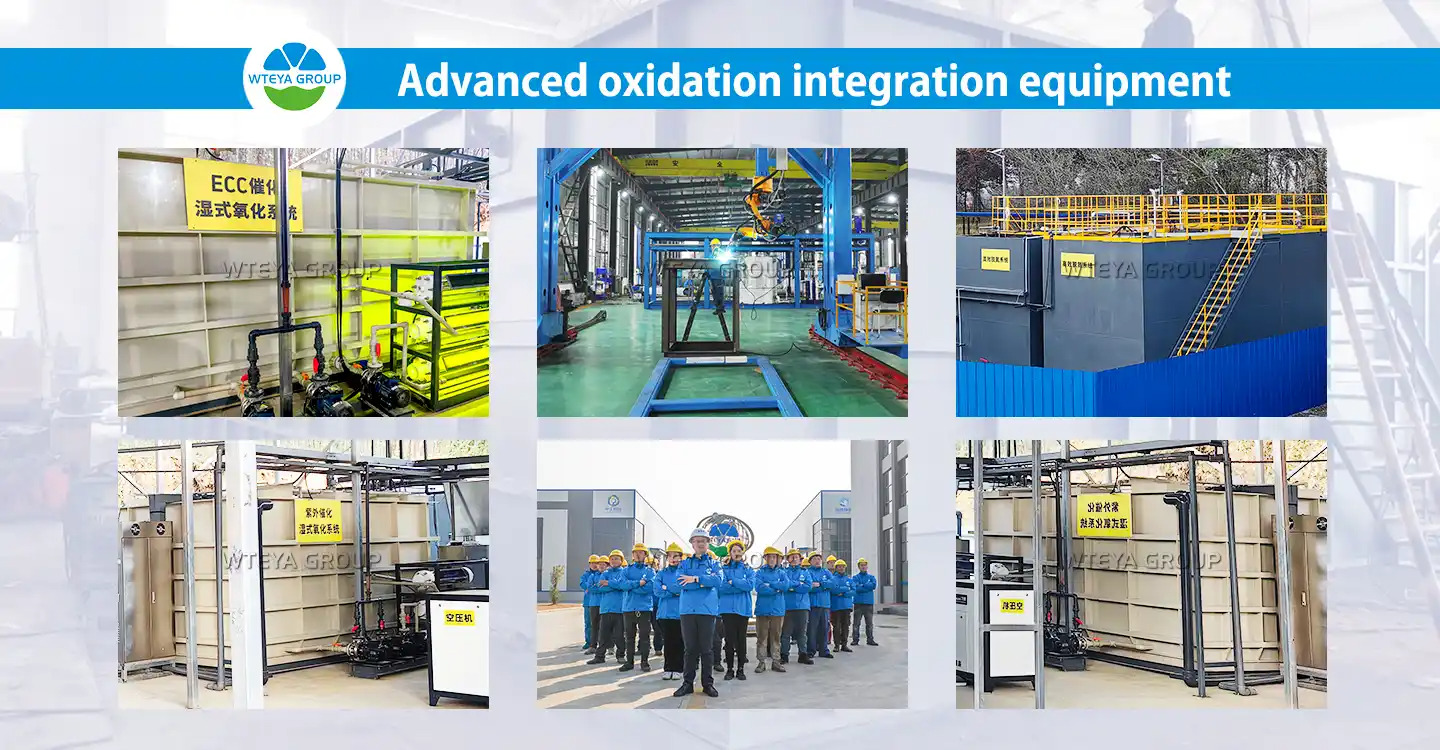
Capacity and size
|
Device name |
Processing capacity (tons/day) |
UV Lamp Power (kW) |
Installed power (kW) |
Operating power (kW) |
Equipment size (L×W×H (m) |
|
Advanced oxidation Integrated equipment |
200 |
2.5 |
15 |
10 |
6×2.1×2.2 |
|
400 |
5.0 |
30 |
25 |
12×3×3 |
|
|
600 |
7.6 |
45 |
40 |
2.1×5.8×2.1 |
|
|
800 |
10 |
60 |
50 |
6.5×2.8×2.8 |
Frequently Asked Questions
Q: What if the fluid channel of the tube heat exchanger is blocked?
A: Regular maintenance and cleaning, if it is a serious blockage may need to shut down and mechanical cleaning or chemical cleaning.
Q: How to improve the heat exchange efficiency of tubular heat exchangers?
A: The flow rate of the fluid can be optimized to ensure that there is no scaling and blockage; Select efficient heat exchanger materials and appropriate flow path design in the design phase; Maintaining the right temperature gradient is also key to improving efficiency.
Q: Why does corrosion occur in tubular heat exchangers?
A: Corrosion may be due to the presence of corrosive substances in the fluid or due to improper material selection. Solutions include using corrosion-resistant materials, such as stainless steel, or adding preservatives.
Q: What if there is a leak in the tube heat exchanger?
A: You first need to determine the location of the leak, which may be caused by tube wear, joint damage or aging of the gasket. Depending on the location and extent of the leak, the damaged part may need to be repaired or replaced.
Q: How does the fluid flow direction of tubular heat exchanger affect the heat transfer effect?
A: In general, counterflow (that is, the hot fluid and the cold fluid flow in opposite directions) provides a higher heat exchange efficiency, because this way can obtain a more uniform heat transfer driven by the temperature difference. Parallel flow (two fluids flowing in the same direction) may be suitable for some specific applications, but it is less efficient.








